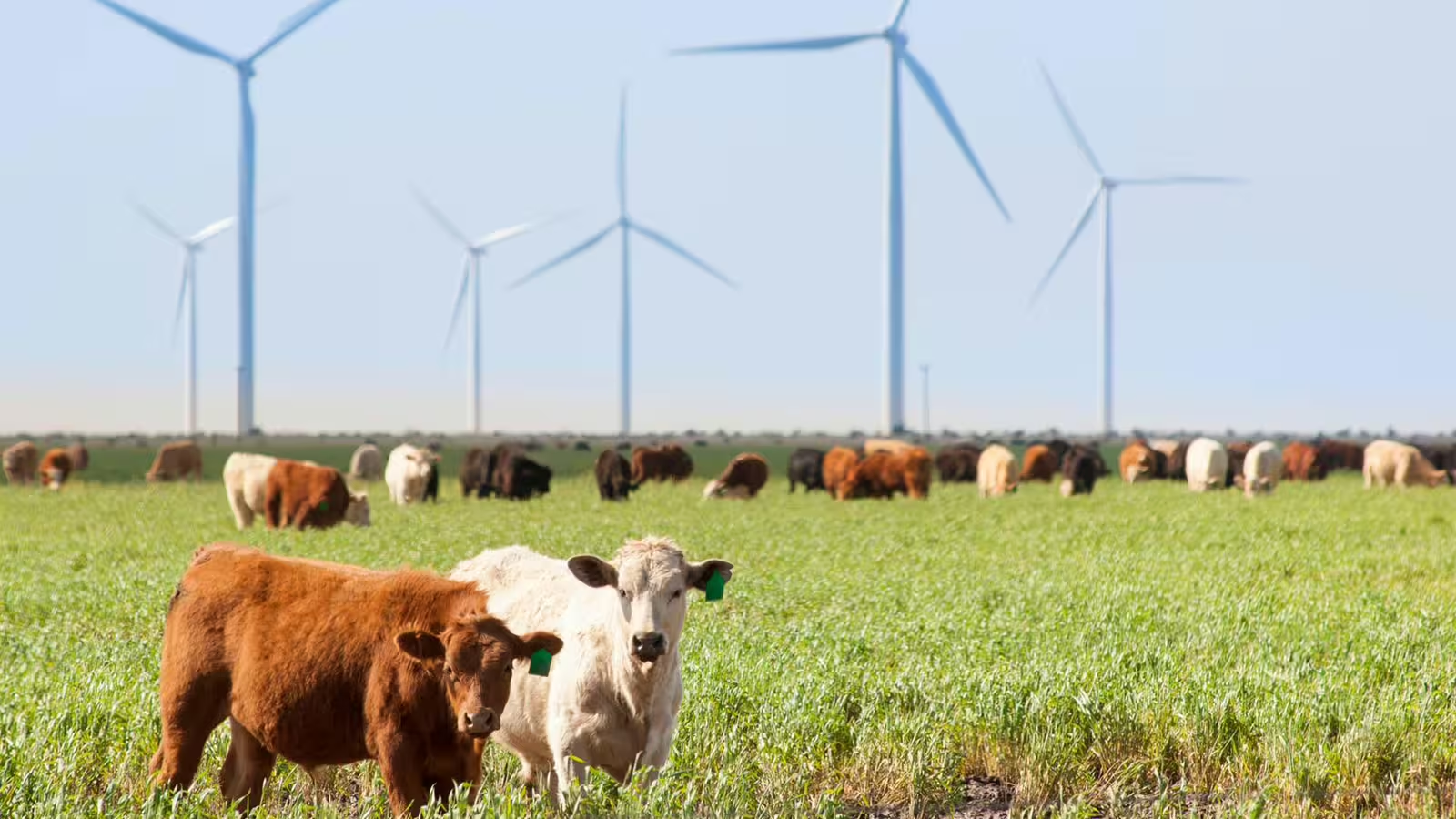Practical examples for companies to understand EUDR regulations & how to navigate the new legislative requirements.
Deforestation remains a major global issue, impacting climate, biodiversity, water quality, and cultural heritage. For developed world governments and consumers, it can be difficult to fight deforestation, which often occurs deep in supply chains in the developing world. This new regulation from the European Union (EU) aims to address that issue.
The EU Deforestation Regulation (EUDR) came into force on 29 June 2023 and aims to guarantee that selected products EU citizens consume do not contribute to deforestation or forest degradation. It covers seven commodities and their derivatives or embedded products and affects all corporate stakeholders in the EU involved in the commercialization of those products.
In our previous article, we have summarized the key requirements of the EUDR. All companies placing products on the EU market, including goods produced in the EU containing one of the seven commodities, must comply with the EUDR. You can find more on EUDR requirements here.
In this piece, we will lay out how you can navigate these new legislative requirements, using five realistic cases to detangle how companies across the supply chain must comply with the EUDR and how they need to provide due diligence.
Requirements for Companies
The EU company, or operator, who is the first to make a product or commodity available in the European market, i.e., places it on the market, must perform full due diligence, including the provision of geographic coordinates of land where commodities are produced. Companies further handling the relevant commodity, or any product related to relevant commodities, can refer to due diligence statements provided by their suppliers.
Small- and medium-sized traders will also be required to collect information on trading partners of the relevant commodities but are not required to ensure their trading partners are deforestation-free and, hence, do not need to collect geographic data on product commodity origins.
Companies and traders overseas may not be required to provide due diligence, but should prepare to be able to make required information available to their business partners in the EU (because these can only import if they have the information).
Understanding the EUDR – Examples
What will be required of affected companies?
Company A wishes to import cocoa to the European market from Ghana. The company is required to perform proper due diligence to guarantee that the imported cocoa is not linked to land deforested or forest degraded after 31 December 2020, and that the sourcing and production of the cocoa comply with relevant local regulations. This is valid both when Company A directly imports or via third parties.
This means Company A is required to collect the geolocation of all plots of land and date/time range of production, among other information, to perform due diligence. Companies such as Company A will need an in-depth understanding of their supply chains.
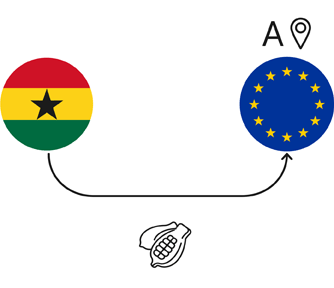
Key takeaways:
- The submission of the due diligence statement to an authority in a given Member State is a requirement for a European company importing or using relevant products in the EU the first time.
- Companies need to trace every relevant commodity back to its plot of land before placing it on the market or before exporting it to the EU.
- Cut-off date: Companies cannot import goods linked to one of the 7 commodities if the land linked to that commodity was deforested or forest degraded after 31 December 2020. If deforestation happened before that cut-off date, then the product is considered compliant with the EUDR and can be imported.
How will the EUDR affect due diligence along value chains?
Company B buys the cocoa imported by Company A and uses it to produce chocolate, which is then sold worldwide. Company B might assume it does not need to comply with the EUDR as the commodity has already been imported into the EU and accordingly due diligence has been demonstrated. However, the EUDR covers seven main commodities and products that originate from or are part of these commodities. Therefore, Company B must also demonstrate that the cocoa did not contribute to deforestation past the cut-off date.
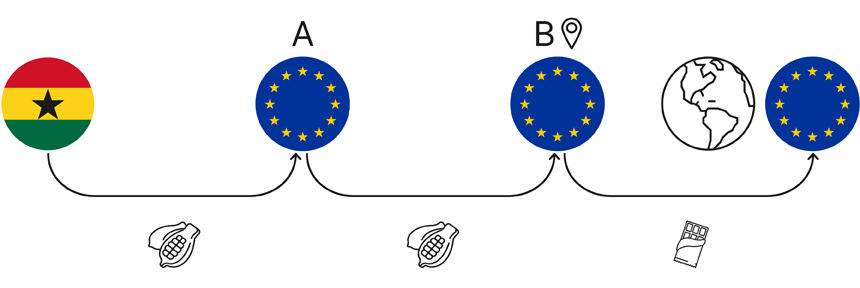
Key takeaways:
- Downstream companies are obliged to ascertain that due diligence was carried out by companies upstream and retain legal responsibility if upstream companies breach the requirements set out by the EUDR.
- Companies further down the supply chain can refer to the due diligence performed by predecessors by including the relevant reference number for the parts of their relevant products that were already subject to a due diligence.
What happens if a part of the goods is discovered to be non-compliant?
Company C sources soy in bulk from many different Brazilian suppliers and uses it for a product sold in the EU. Company C will need to ensure that all plots of land involved in the production of the soy imported to the EU are not linked to deforestation. If Company C does identify that some of the imported soy is non-compliant with the EUDR, it has two options:
- The non-compliant soy must be physically separated from the compliant, and only the compliant portion can be imported.
- If separation cannot be achieved, the entire bulk is considered non-compliant and cannot be imported.
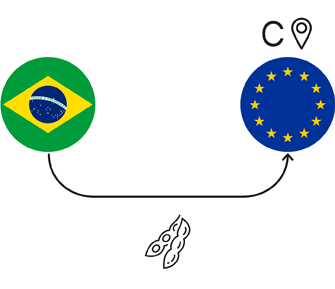
Key takeaway:
- If a single plot of land used to produce a commodity is found to be deforested after 31 December 2020, the entire bulk is regarded as non-compliant with the EUDR.
How does the EUDR affect export and goods produced in the EU?
Company D produces furniture made from EU-grown wood and exports its products globally.
According to the EUDR, Company D must perform due diligence on all its sold products, whether they are exported or sold within the EU. The EUDR applies both to exports and imports, and to products produced inside the EU.
The company must include the reference number of their due diligence statement in their export declaration. The wood used for the furniture that is not exported outside the EU is also subject to the same requirements as the exported furniture.
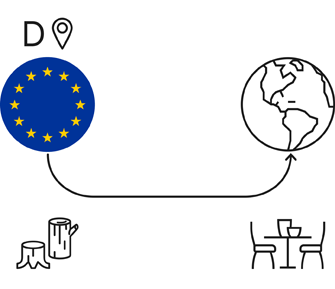
Key takeaways:
- The EUDR applies to products listed in Annex I [1] of the regulation, whether they are produced in or imported to the EU.
- Companies producing commodities in the EU are subject to the same due diligence requirements as companies abroad and, hence, must submit a due diligence statement for their produced commodities.
To what extent does the EUDR reach upstream in a value chain?
Company E, a European company, sources beef from the USA, which was fed with soy from Brazil. Similarly, to Company A, the European company is required to submit a due diligence statement guaranteeing its sourced products are deforestation-free. In this case, it needs to guarantee the imported beef, and soy used to produce it, are deforestation-free.
However, Company E does not need to provide proof of due diligence for soy to the same extent it does for beef, i.e., it is not required to provide geolocation information for the soy feed. An EU authority can request information on soy origin if it becomes aware the sourced feed is not compliant with the EUDR. In that case, it can request detailed documentation to prove the feed is deforestation-free.
Contributing Authors
Michèle Koper, Director
Madalena Martins, Consultant
Nicola Meyer, Consultant
This article first appeared on Guidehouse website on 3 June 2024.
[1] “REGULATION (EU) 2023/1115 of the EUROPEAN PARLIAMENT and of the COUNCIL of 31 May 2023 on the Making Available on the Union Market and the Export from the Union of Certain Commodities and Products Associated with Deforestation and Forest Degradation and Repealing Regulation (EU) No 995/2010 (Text with EEA Relevance).” n.d. https://eur-lex.europa.eu/legal-content/EN/TXT/PDF/?uri=CELEX:32023R1115.

